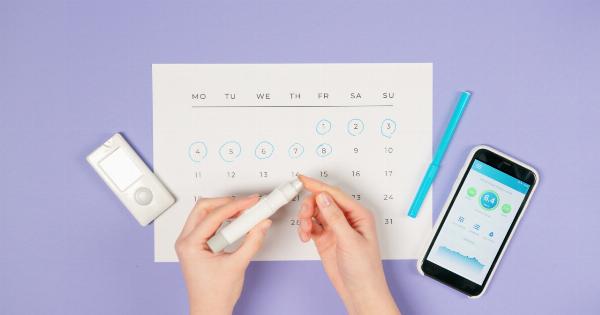Wireless contact lenses are an innovative technological advancement that has the potential to revolutionize diabetes management.
These futuristic lenses are designed to monitor glucose levels in the tears of the wearer and transmit the data wirelessly to a smartphone or other external device. This breakthrough technology eliminates the need for traditional glucose monitoring methods such as finger pricking, providing a more convenient and hassle-free approach to diabetes management.
How do Wireless Contact Lenses Work?
Wireless contact lenses for diabetes management incorporate miniature biosensors that are embedded within the lens material. These sensors are capable of detecting the glucose levels present in the tears of the wearer.
When the user wears the contact lens, the sensors come into contact with the tears, allowing them to measure the glucose concentration in real-time.
The glucose data collected by the biosensors is then wirelessly transmitted through an antenna integrated into the lens. The antenna receives and transmits the data to a receiving device, such as a smartphone or a dedicated monitoring device.
Once the data is received on the external device, it can be analyzed and tracked to monitor glucose levels over time.
The Advantages of Wireless Contact Lenses
Wireless contact lenses offer numerous advantages over traditional glucose monitoring methods. Here are some key benefits of using wireless contact lenses for diabetes management:.
1. Non-Invasive Monitoring
Wireless contact lenses eliminate the need for invasive procedures such as finger pricking. Instead, users can simply wear the contact lenses and have their glucose levels monitored continuously without any pain or discomfort.
2. Real-time Monitoring
The continuous monitoring provided by wireless contact lenses allows for real-time tracking of glucose levels.
Users can easily identify patterns and trends, enabling proactive management of diabetes and making timely adjustments to medication or lifestyle choices.
3. Increased Convenience
Wireless contact lenses offer increased convenience compared to traditional monitoring methods. Users no longer need to carry separate monitoring devices or materials, as the contact lenses themselves provide the monitoring and transmit data wirelessly.
This makes it easier to integrate diabetes management into daily routines.
4. Enhanced Accuracy
Wireless contact lenses are designed to provide accurate and reliable glucose measurements. The biosensors integrated into the lenses have been developed to ensure high precision, allowing for precise monitoring and effective diabetes management.
5. User-Friendly
These contact lenses are user-friendly and can be easily worn by individuals of all ages. They are designed to be comfortable and compatible with the natural structure of the eye, ensuring a seamless user experience.
The Future of Diabetes Management
Wireless contact lenses have immense potential to transform the field of diabetes management.
With advancements in technology, these lenses may be capable of providing even more comprehensive data, such as monitoring other health parameters in addition to glucose levels. The integration of artificial intelligence and machine learning algorithms could further enhance the accuracy and predictive capabilities of the wireless contact lenses.
In the future, wireless contact lenses could be programmed to provide real-time alerts and notifications to users when their glucose levels are out of the target range.
This would enable immediate action to be taken, preventing complications and improving overall diabetes control.
Conclusion
Wireless contact lenses offer an innovative and convenient approach to diabetes management.
By providing continuous, non-invasive monitoring of glucose levels, these lenses can significantly improve the quality of life for individuals living with diabetes. With further advancements in technology, wireless contact lenses have the potential to transform diabetes management and contribute to better overall health outcomes for people with diabetes.






























